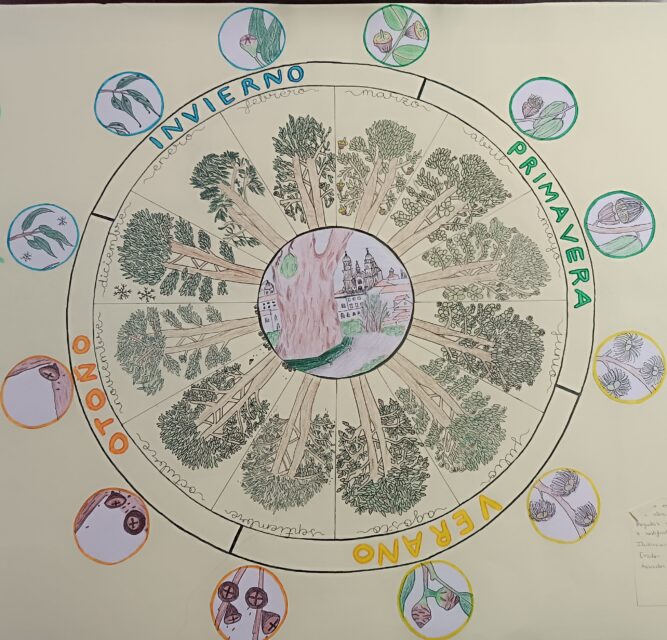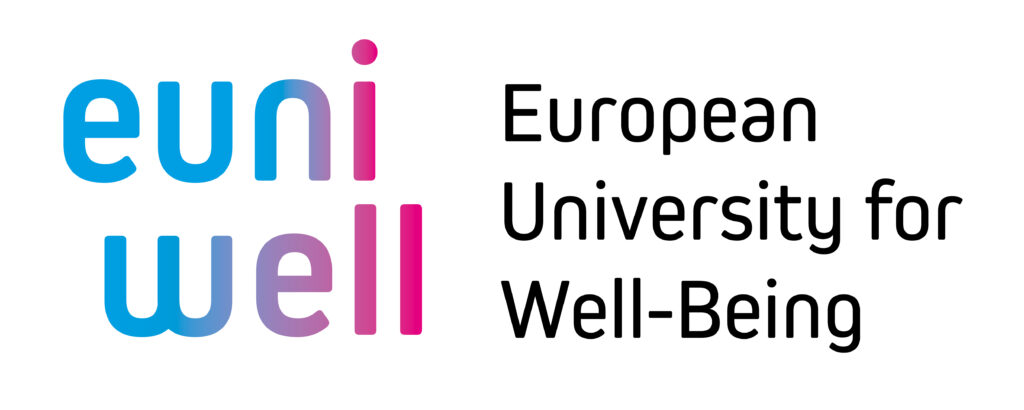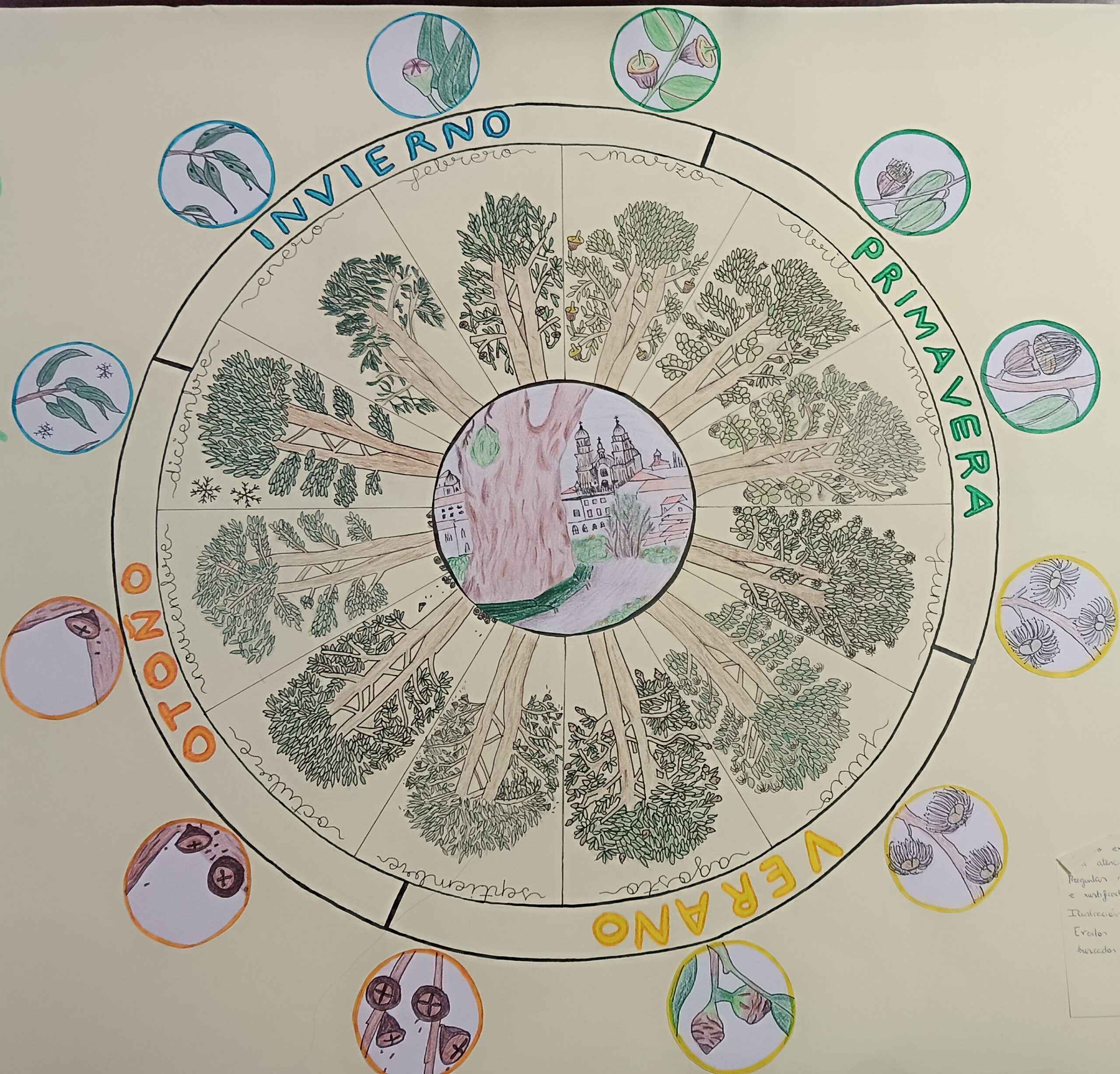Lucía Casas-Quiroga and Blanca Puig
Faculty of Education Sciences. Universidade de Santiago de Compostela (USC)
One of the goals of open education is to promote a critical and involved citizenship, capable of making responsible decisions in a conscious way. These processes of citizen participation are subject to equitable access to cultural, educational and social resources. In this sense, public educational institutions play a central role, with teachers playing a key role as facilitators of access to these resources for students.
Science education needs to be open to citizens from a perspective that takes into account the nearby environment and public green spaces. Frequently, open resources tend to be associated with free access resources that are shared in digital media, leaving the availability of natural resources in public spaces in the background. The school environment itself often offers opportunities for students to become aware of eco-social problems that affect their environment and social welfare and to act accordingly.
This vision is in line with the Nature Study movement, which appeared in the 1980s in the USA, promoted by Louis Agassiz. This movement advocated the idea that children should have a broad understanding of their natural environment in order to promote positive attitudes towards it. One of the methodological resources it prioritized was the use of plants and animals in the nearby natural environment. This movement prompted the need to train teachers in the knowledge of the natural environment of their immediate surroundings.
With a more scientific orientation to the Nature Study and in line with science teaching recommendations, the environment could be considered an open and accessible resource for the development of investigations on natural phenomena such as the life cycles of plants and animals, the object of study of phenology. These phenomena are easily observable in urban public parks near schools. Changes in plant and animal phenology are considered representative of the effects of climate change (Rosemartin et al., 2014), so their study could contribute to SDG 13 on climate action.
One of the resources that teachers can use for the study of phenology are phenological wheels, which allow recording and monitoring natural events related to climate change. Plants are ideal for this purpose because of their easy accessibility and presence in public spaces over long periods of time. In order to study the phenology of plants in an urban park near the Faculty of Education Sciences of the Universidade de Santiago de Compostela, a proposal was developed to promote open scientific education. The initiative was integrated into the training of primary education teachers at this university in the current academic year, resulting in the creation of phenological wheels on emblematic species, along with an interpretation of natural events that could be affected by climate change.

The dissemination of this proposal will take place at the ESERA 2025 international congress, which is being held in the city of Copenhagen.
References
Rosemartin, A. H., Crimmins, T. M., Enquist, C. A. F., Gerst, K. L., Kellermann, J. L., Posthumus, E. E., Denny, E. G., Guertin, P., Marsh, L., & Weltzin, J. F. (2014). Organizing phenological data resources to inform natural resource conservation. Biological Conservation, 173, 90–97. https://doi.org/10.1016/j.biocon.2013.07.003
“Phenological wheels as a resource to promote open scientific education” by Lucía Casas Quiroga & Blanca Puig is licensed under CC BY 4.0

